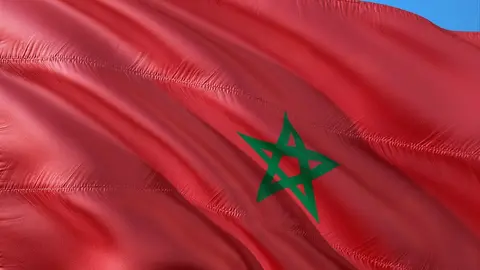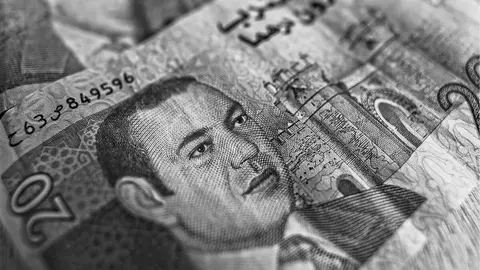Determining the identity of Moroccan society

- Historical and theoretical context
- Particularities of Morocco
- Perspectives and critique
- Decomposition and proposals
- Conclusion
One of the main objectives of the "Green Generation" initiative is to create an "agricultural middle class", which raises questions. Indeed, the need to create this class in 2023, after 67 years of independence, shows a delay in the country's social development. How can Moroccan society be defined in this era of globalisation, information technology and artificial intelligence, when the country is still seeking to establish a middle class?
Historical and theoretical context
To understand this problem, it is necessary to go back to the theories of Karl Marx and Max Weber on the determination of industrial societies. Marx and Engels established the class approach to society, while Weber developed the concept of social hierarchy. Pierre Bourdieu reworked these theories by introducing the three forms of capital (economic, social and cultural).
The analyses of thinkers such as Simone Weil on the situation of workers, Tocqueville on the middle class, Pareto on elites and Lipset on the disappearance of the concept of social class enrich this debate. Mendras mentioned the "intermediation" of society, while Louis Chauvel spoke of the return of social classes.
Particularities of Morocco
Morocco's independence in 1956 did not immediately solve the problem of social inequalities. Plans to benefit the poor classes did not begin until the speeches of King Mohammed VI, especially his speech of 20/08/2008. In 2008, the High Commission for Planning conducted a study to define the middle class in Morocco, although the figures and analysis were criticised.
Economist Driss Benali presented Morocco as an hourglass, unlike the globe of industrial societies, which is supposed to have a rising central middle class. Articles and studies, such as those published by La Coyuntura magazine in 2019 and the Economic, Social and Environmental Council in 2021, continue to attempt to define this middle class.
Perspectives and critique
In-depth analyses were conducted by Noureddine Afaya and Driss Graoui in "The Moroccan economic elite" (2009). Their study of the formation of the Moroccan elite using concepts of hierarchy and elitism is relevant. Other books such as those by Mohamed Ghallab Barada, Pierre Vermeren, Aziz Chahir and Ali Benhaddou offer important socio-political and historical perspectives.
Decomposition and proposals
It is necessary to decompose Moroccan class society and understand how ideologies have constructed a specific narrative that condemns leftist ideas and class struggle analysis. Thomas Piketty points out that inequalities are a political choice and require a sophisticated discourse to justify social organisation.
I guess Morocco never became a modern capitalist or bourgeois nation. It remained frozen in an incomplete transition from feudalism to capitalism. In his book "Pre-capitalist Morocco", Driss Benali wonders why a decisive bourgeoisie did not develop as in Western Europe.
Conclusion
In short, Morocco has not undergone its industrial or political revolution necessary to become a modern capitalist society. Although it participates in a global capitalist space, it has not succeeded in becoming an independent bourgeois nation. As Edgar Morin pointed out, it is no longer a question of making a revolution, but of moving towards a social model capable of averting disaster and guiding the country towards a shared salvation.



